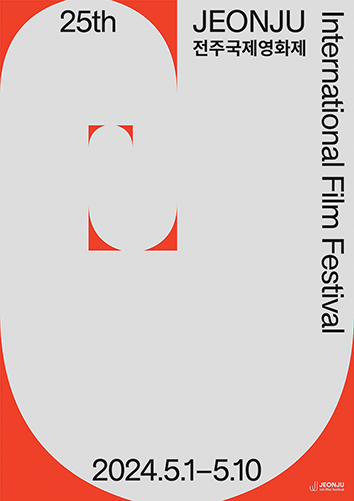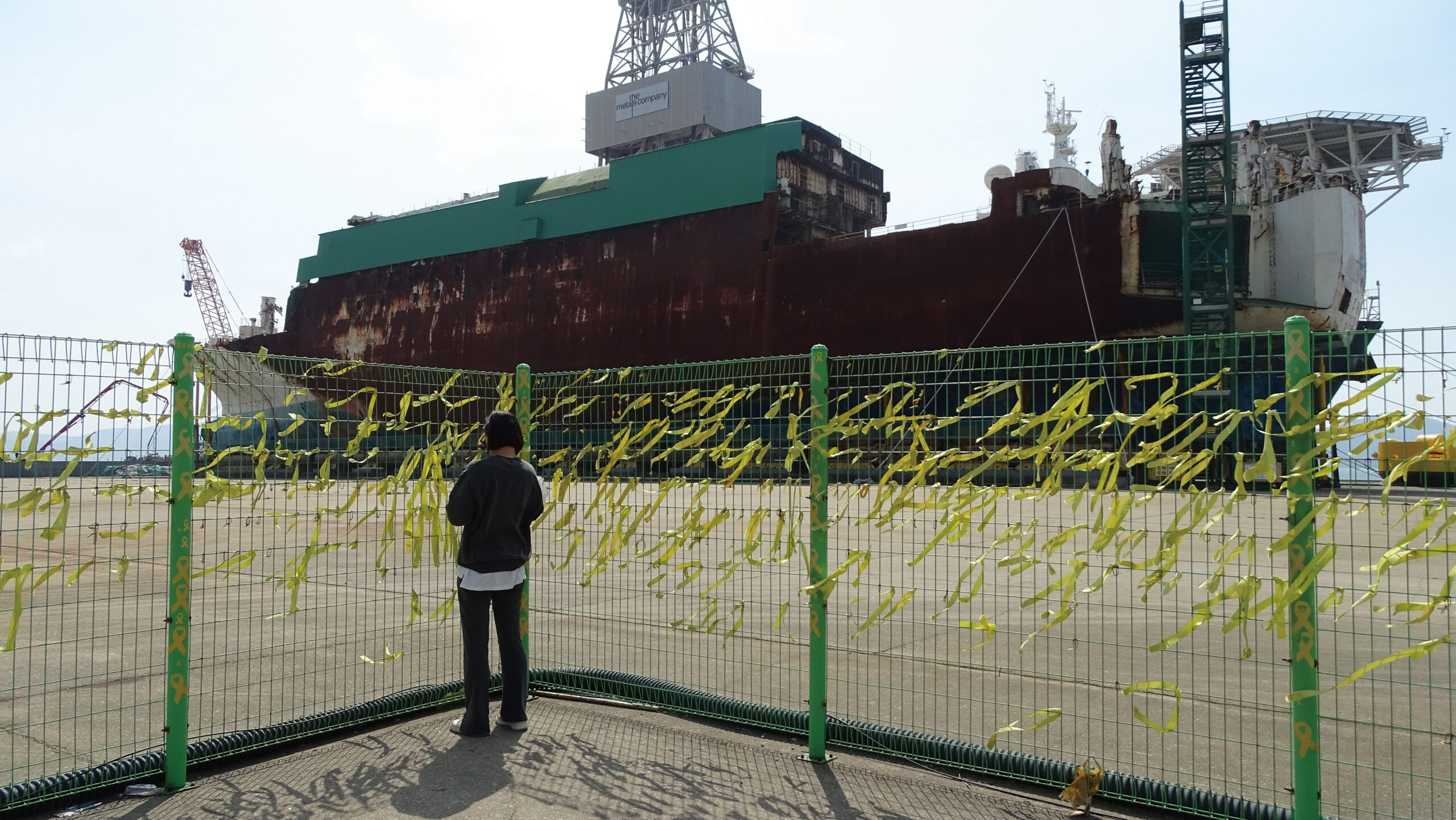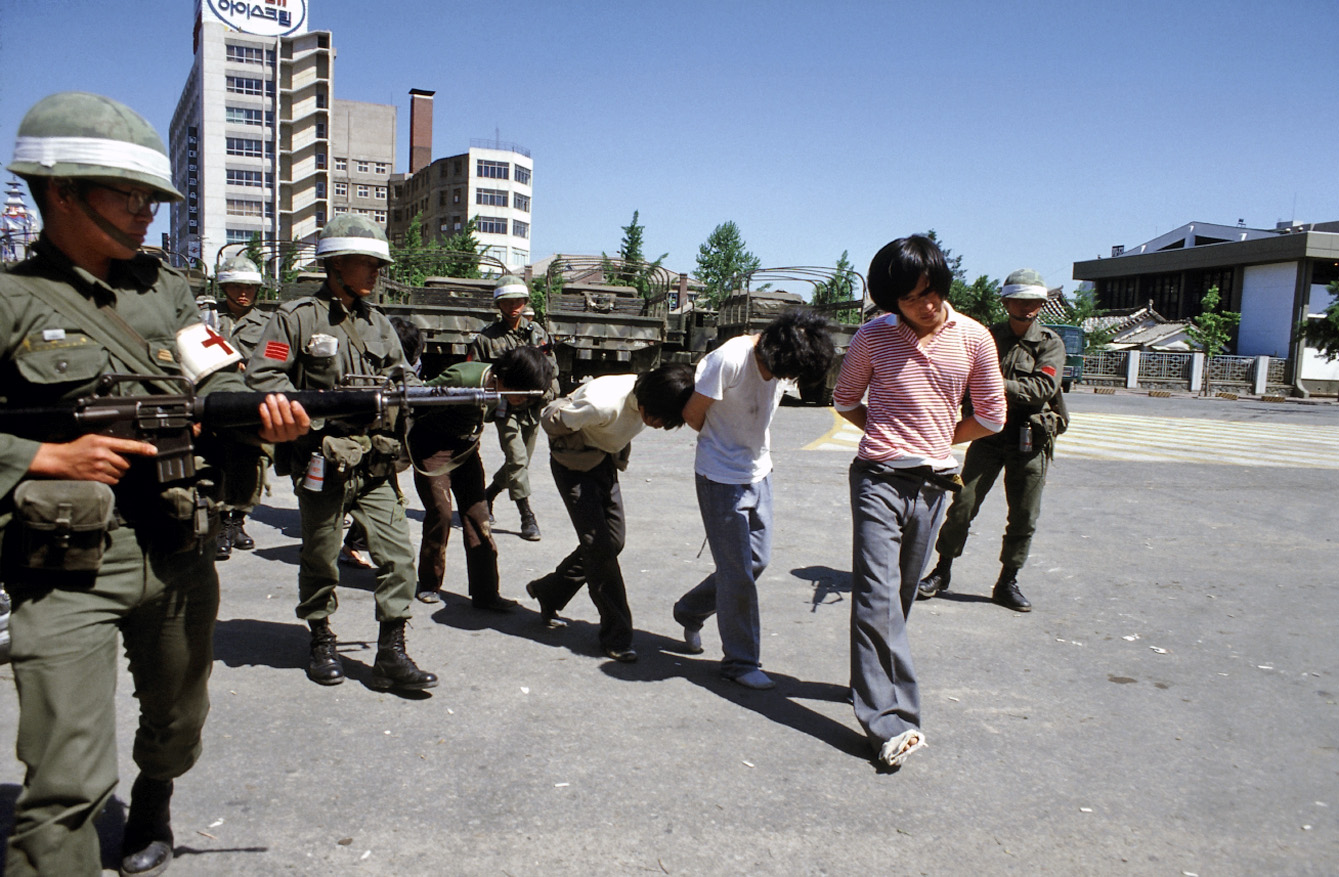An Account of Gwangju’s 5.18 Democratic Uprising: Interview with Finnish Journalist Rauli Virtanen
Written by Seol Yun-Hee.
Rauli Virtanen’s career as a Finnish journalist is that of a seasoned veteran. Having globe-trotted all 194 independent countries, he has witnessed and reported upon history’s greatest conflicts and wars. His works include those of the Vietnam War, the Gulf wars, and the wars in Afghanistan and Syria. Pertinently, among his works is also South Korea’s Democratic Uprising in Gwangju, which took place beginning on May 18, 1980.
The event is commonly called 5.18 (o-il-pal, 오일팔), a popular uprising by citizens calling for democracy. The assassination of President Park Chung-Hee abruptly terminated his 18-year authoritarian rule, leaving social and political voids in South Korea. However, power was seized by Army Major General Chun Doo-Hwan via a military coup d’etat, after which he declared martial law.

May of 1980 was the beginning of a new semester for Chonnam National University’s professors and students. They fought in opposition to Chun’s martial junta and called for pro-democratic reforms. Gwangju quickly became a hotbed of political opposition to the dictatorship through which Chun exercised his fierce militaristic suppression. Casualties were estimated to be 4,369 with 154 killed, 74 missing, and 4,141 wounded. 5.18 is now remembered as an event that engendered the national voice for democracy across Korea and Asia.
Recently, Mr. Virtanen visited Gwangju for the first time since the uprising. He described the city as “unrecognizable” to him. The Gwangju News had the pleasure of hearing about his career and his personal account of 5.18.

The military waiting for the order for the final assault on the final day. Gwangju News (GN): Could you tell us a little about how you got started in journalism?
Rauli Virtanen (Virtanen): It was quite easy for me. At school, my Finnish teacher told me I was good at expressing myself. So he encouraged me to get involved in journalism. I was already interested in the world, global affairs, and foreign countries. I was very lucky to go to university in the city of Tampere to study a combination of journalism, mass communications, and international politics. I was working night shifts for a local newspaper and got my first assignment there. I soon left by cargo ship for my first trip to Brazil and then traveled for ten months in South, Central, and North America, backpacking and sending stories and reports to provincial newspapers in Finland. I got so excited about this job that I quit university after two years. So that was basically the start. Now I have reported for almost 50 years.
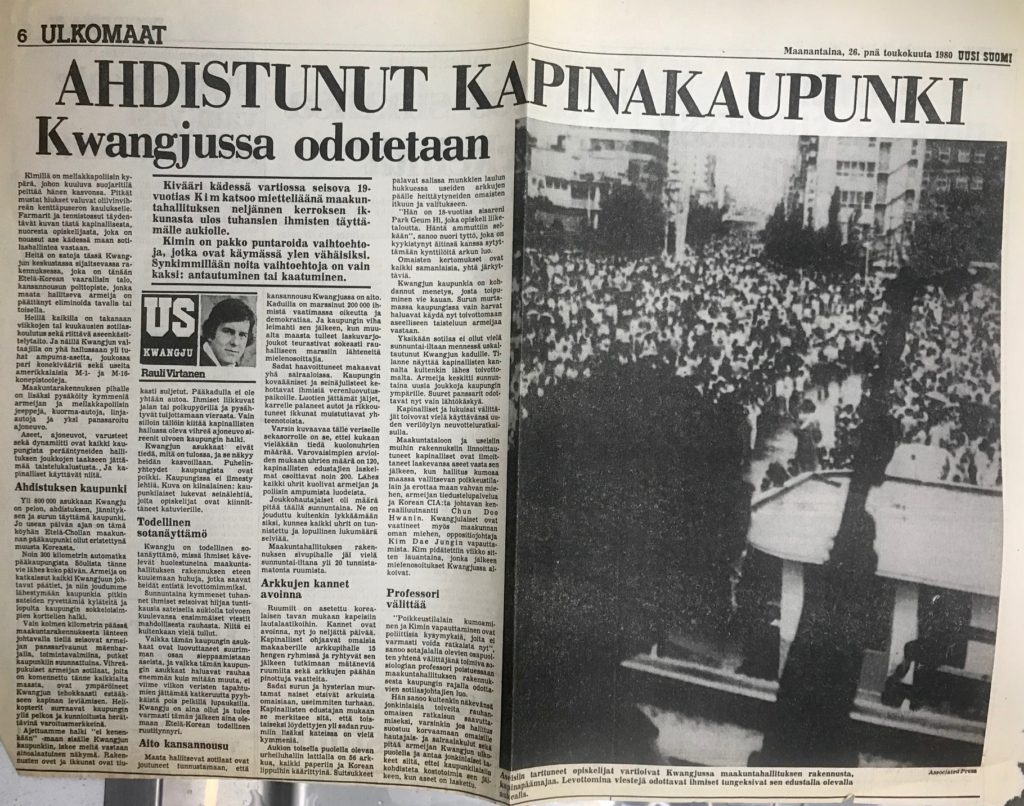
Virtanen’s report on Gwangju in a Finnish newspaper.GN: During the democratic uprising from May 18 to 27, there was a blockade that prevented communications into and out of Gwangju. How were you able to be present at the scene?
Virtanen: So that is a funny story. On Sunday the 25th, I was coming by car from Seoul with Eddie Adams, a famous photographer known for his work from the Vietnam War and Associated Press. At the time, Eddie was older than me, as I was quite young. We came to the roadblock around Gwangju and the military told us, “No, no one can pass through Gwangju.” But then Eddie told the young officer, “Listen, I was here during the Korean War when you were a little boy, and I gave you chewing gum – the first chewing gum ever in your life!” So the officer said, “Yes. Please, you can go.” So that was how we managed to enter.
Once we arrived, we were able to go around and interview the students near the provincial government building, which had been barricaded. I remember a student surnamed Kim who told me, “We have two choices, either to surrender and give up, or die.” He told me that he “will never surrender.” I also remember students using cars as ambulances to bring the wounded to the hospitals, as many were injured by bullets. You would hear from the loudspeakers calls for blood donations.
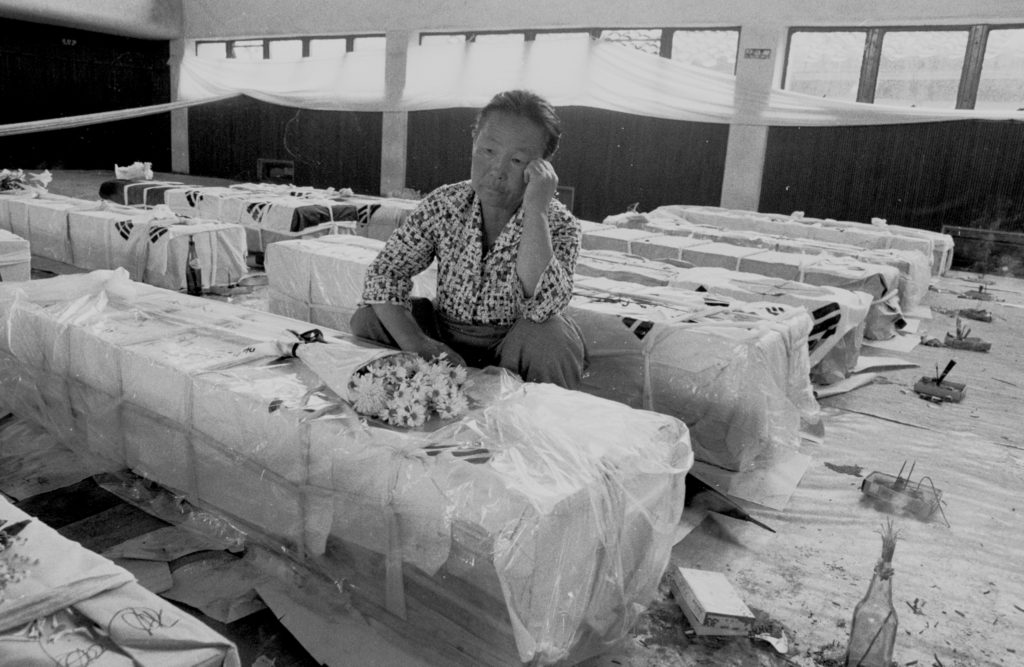
Virtanen counted 56 coffins resting at the sports gymnasium.Monday the 26th
The government was asking all the foreigners to leave Gwangju, meaning mostly missionaries and journalists. I remember writing in my report that there was a shortage of food, but some fresh eggs were somehow smuggled into the city; there was no meat or fish. That night, the students were collecting money for a mass funeral. The sports gymnasium held all the coffins at that time. I counted 56. Some of them were covered with the Korean flag. At the end of each coffin, you would also have a photo of the student or victim. Those who were not yet identified were outside next to the government building where they let people in groups of 15 come to identify the bodies.
Tuesday the 27th
Tuesday morning, we heard loudspeakers and the radio saying in English that we foreigners would be in danger if we were outside. Then around four o’clock, I heard shooting and helicopters, and that’s when they started the operations. I think it took about two hours for the students to surrender. It’s funny – I have a similar photo from Kuwait during the Gulf War, and it shows the same tactics. The soldiers were detaining people who were suspected of participating in exactly the same way. It’s amazing how in different parts of the world you can humiliate people and use power to dehumanize.

Virtanen covers Tiananmen Square protests at the end of May 1989.GN: Your story is really powerful. From your experience as a foreign journalist in Korea, how did everything shape your philosophy on journalism?
Virtanen: Well, what I’m worried about in foreign reporting is that it is becoming more shallow. Today, where everything is digital, you don’t have so many long stories or background stories. People want to see video clips on their cell phones that are less than 60 seconds. It doesn’t help us understand the problems that are behind the events, for example, on migration or for refugees. You never hear about the ordinary lives of these people. They may be strangers, but they share the same dreams everywhere in the world.
GN: Lastly, if there were one core message you would like to share, what would it be?
Virtanen: My main message is, of course, to keep on reading, challenging the fake news, finding facts, caring, and to keep on contributing to a human dialogue, an intercultural dialogue. Keep the humanitarian spirit alive. We are already in such a multicultural world – one should be more open. Closing the borders is not a solution.
GN: Thank you, Mr. Virtanen, for sharing your story.
Mr. Virtanen has written seven non-fiction books in Finnish on the topics of humanitarianism, peacekeeping, and foreign journalism. He was a visiting professor of journalism at his university in Tampere during 2015–2016 and currently works as an Espoo city council member directing the board for multicultural affairs. During his visit to Gwangju, he contributed his works and photography to the Gwangju 5.18 Archives.
Photographs courtesy of Rauli Virtanen
The Author
Seol Yun-Hee recently returned to South Korea after studying abroad in the States. She is enjoying connecting with her Korean culture and is exploring her passion for writing.




